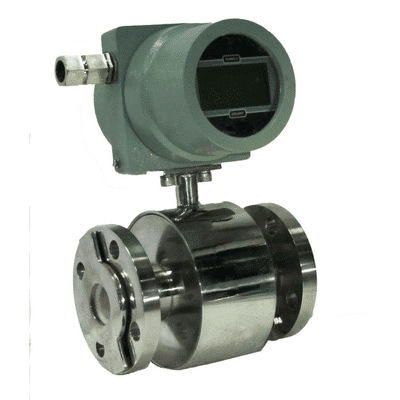A magnetic flow meter determines the amount of fluid flowing through a measuring device by measuring the voltage induced through the moving fluid by its movement through a permeable material.
A permeable material is any material having a definite permeability level, which is defined as the amount of permeability allowed to be both passed through and retained in a system.
It is essential to know precisely what is being measured. Different types of electromagnetic flow devices are designed for specific applications.
For example, measuring the resistance of fluid flow through one area requires a sample area entirely free from other obstructions to make an accurate measurement. If the site is not free of different regions, then the measure cannot be accurate.
This is a prime example of how a non-continuous flow of fluid is required to obtain a non-continuous measurement. Another type of measurement involves measuring a fluid’s resistance to permeate a particular size of permeation membrane.
These measurements must occur at a specific temperature and pressure of the measuring equipment and must not be taken directly by an untrained person. For this to be done correctly, it is necessary to place the measuring device beneath the membrane.
An effective way to identify the membrane is to put it inside a type of tank that contains a small amount of hydraulic pressure. Another effective way to achieve this is by mounting the area where the measurement will be performed on a pivot point sealed off from the rest of the site. This allows for a controlled seal between the two regions.
- A third measurement is the measurement of the electrical conductivity of a fluid. Electrical conductivity is directly related to both the strength and the frequency of electromagnetic waves. It is important to note that a powerful electromagnetic wave will produce a far lower conductivity than a weaker one. An excellent way to determine the strength of a wave is to use a hydrometer, which measures conductivity by using a flowing liquid. The frequency of the electromagnetic signal can directly influence conductivity.
- The fourth type of measurement deals with the measurement of the variation in the velocity of a fluid. This is known as the velocity index, and this is calculated by taking the area of a circle and dividing it by the thickness of the circular slice. The result will be the fluid velocity, measured in millimeters per second or, in other words, in mph. The thickness of the piece is often taken as the diameter since the area of a circle is only a circle with a thin edge around the middle.
- The five most common types of measuring devices to study how different electromagnetic signals are produced are capacitors, conductors, resistors and load cells. Capacitors act as conductors by picking up and passing an electric current when they become exposed to it. When the current passes through the plates, they become insulated, and then the current is measured in amperes.
Conclusion: Finally, two main types of flow meters deal with electrical and magnetic fields. One uses inductive techniques to detect the existence of an electromagnetic current, while the other uses what is called a permanent magnet induction system. Inductive approaches are far more challenging to use because they require a direct connection between the testing object and the conductive component. On the other hand, Magnetic induction systems use a compelling magnet to induce a flow of electricity through the thing that is to be tested. To buy this visit us at PCD flowmeter.



Recent Comments